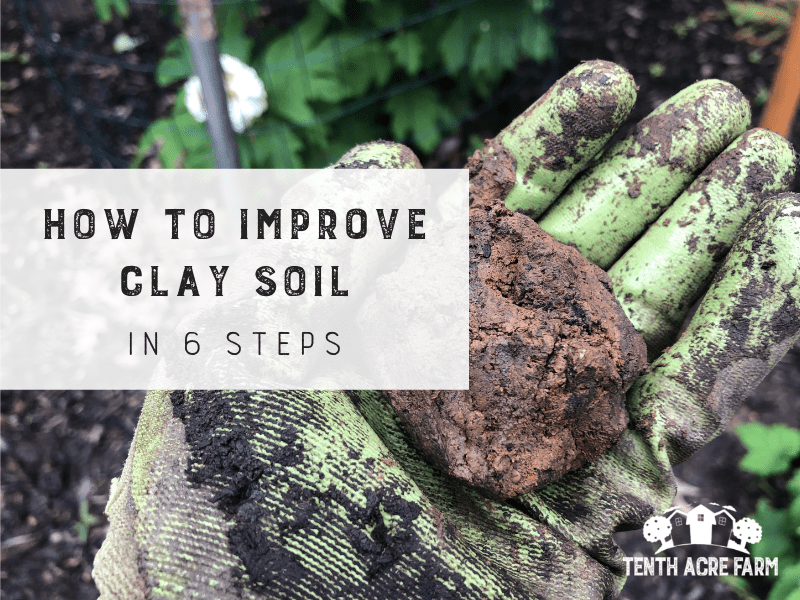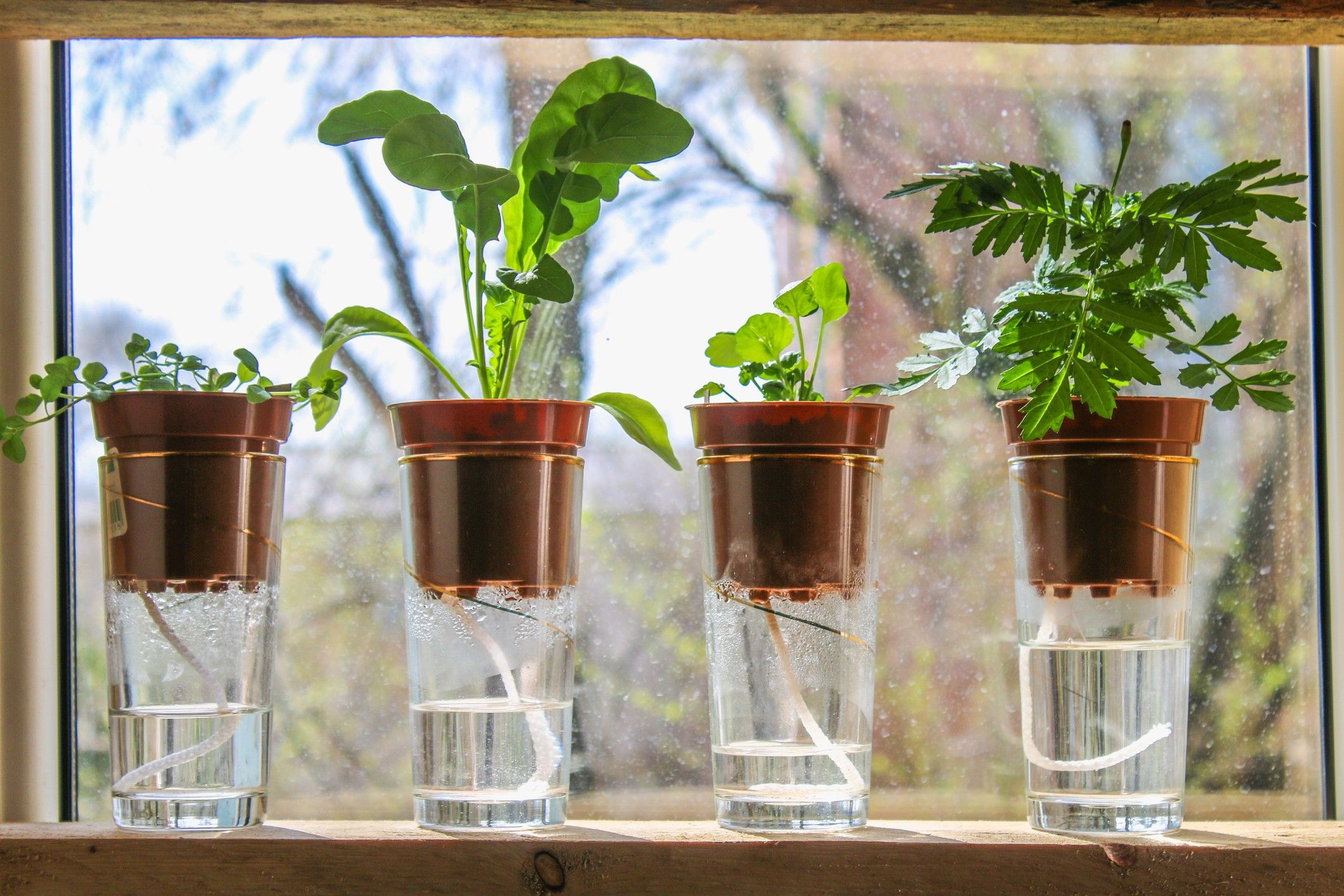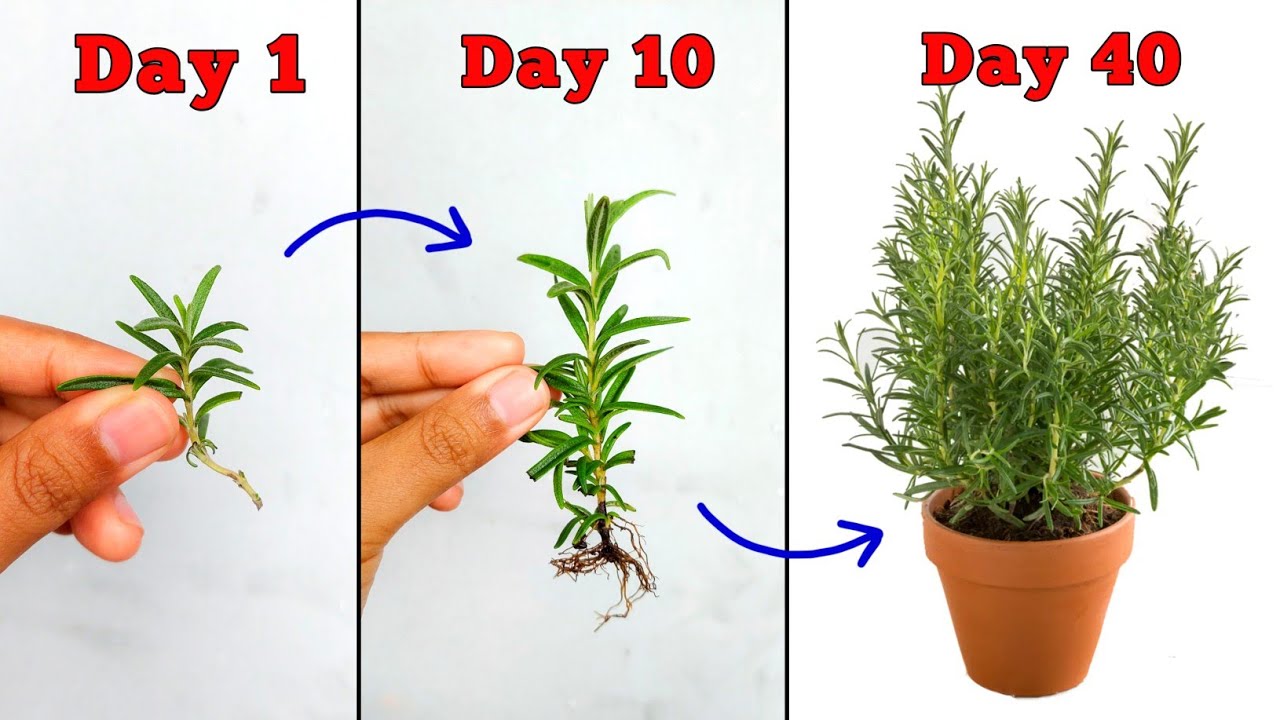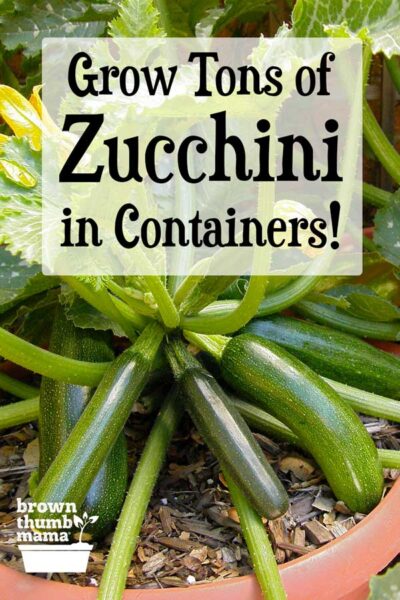How to Improve Clay Soil for Gardening
Clay soil can pose a unique challenge to gardeners. Its dense, heavy texture makes it difficult for plants to thrive, as it tends to hold onto moisture and nutrients while also restricting root growth. However, with the right techniques and amendments, clay soil can be improved to create a healthy environment for your plants to grow and flourish. Here are some tips on how to improve clay soil for gardening:
1. Add Organic Matter
One of the best ways to improve clay soil is to add organic matter. This can include compost, leaf mold, or well-rotted manure. Organic matter helps to break up the dense clay particles, improving drainage and aeration. It also provides essential nutrients for plant growth. Spread a layer of organic matter over the soil surface and mix it in thoroughly with a garden fork or tiller.
2. Incorporate Gypsum
Gypsum is a natural mineral that can help to improve clay soil structure. It works by breaking apart the clay particles, allowing water and air to penetrate more easily. Spread gypsum over the soil surface and work it into the top few inches of soil. Be sure to follow the manufacturer’s instructions for the correct application rate.
3. Avoid Compaction
Clay soil is prone to compaction, which can further restrict root growth and water infiltration. Avoid walking or working on wet clay soil, as this can lead to compaction. Use boards or planks to distribute your weight evenly when working in the garden. Consider establishing permanent walkways to minimize soil compaction in high-traffic areas.
4. Mulch Regularly
Mulching your garden beds regularly can help to improve clay soil quality. Mulch helps to regulate soil temperature, retain moisture, and prevent erosion. It also breaks down over time, adding organic matter to the soil. Apply a thick layer of mulch around your plants, leaving space around the stems to prevent rot.
5. Plant Cover Crops
Cover crops are plants that are grown specifically to improve soil quality. Some cover crops, such as clover or legumes, can help to break up clay soil and add nitrogen to the soil. Plant cover crops in the fall and allow them to grow through the winter. In the spring, simply turn them under to add organic matter to the soil.
6. Use Raised Beds
If you’re dealing with severely compacted clay soil, consider using raised beds for your garden. Raised beds provide better drainage and aeration than planting directly in the ground. Fill your raised beds with a mixture of topsoil, compost, and other organic matter to create a healthy growing environment for your plants.
7. Test and Amend pH
Clay soil tends to be alkaline, which can affect plant nutrient uptake. Test your soil pH using a soil testing kit and amend it as necessary. Adding sulfur or acidic fertilizers can help to lower the pH of clay soil and make essential nutrients more available to your plants. Be sure to follow recommended application rates to avoid over-amending.
8. Be Patient
Improving clay soil is a gradual process that may take several seasons to see significant results. Be patient and consistent with your soil improvement efforts. Monitor your plants for signs of stress or nutrient deficiencies, and adjust your gardening practices as needed. With time and effort, you can transform your clay soil into a thriving garden environment.
By following these tips, you can improve clay soil for gardening and create a healthy, productive garden that will bring you joy for years to come. Remember to regularly amend and care for your soil to ensure the best possible growing conditions for your plants. Happy gardening!



